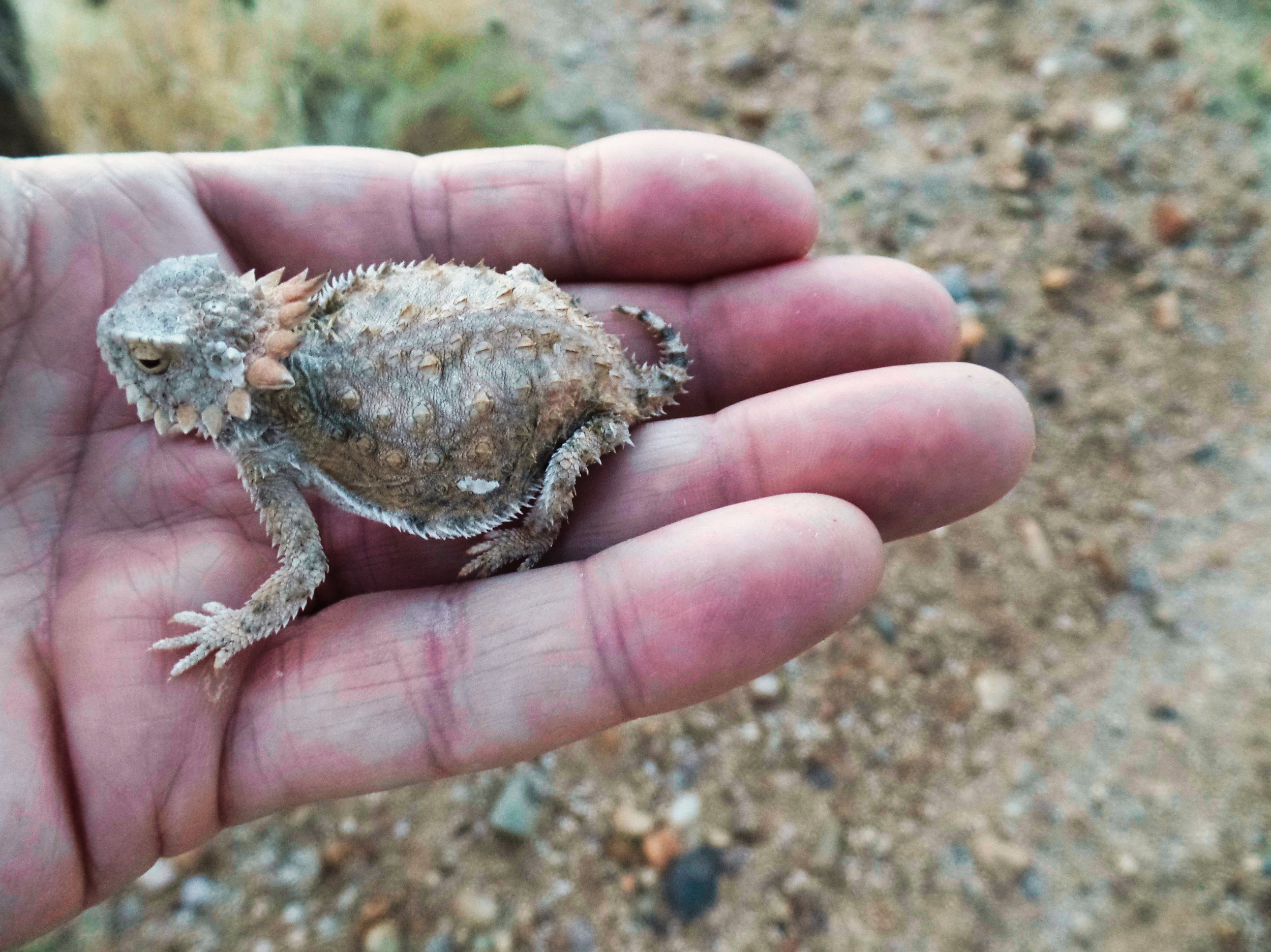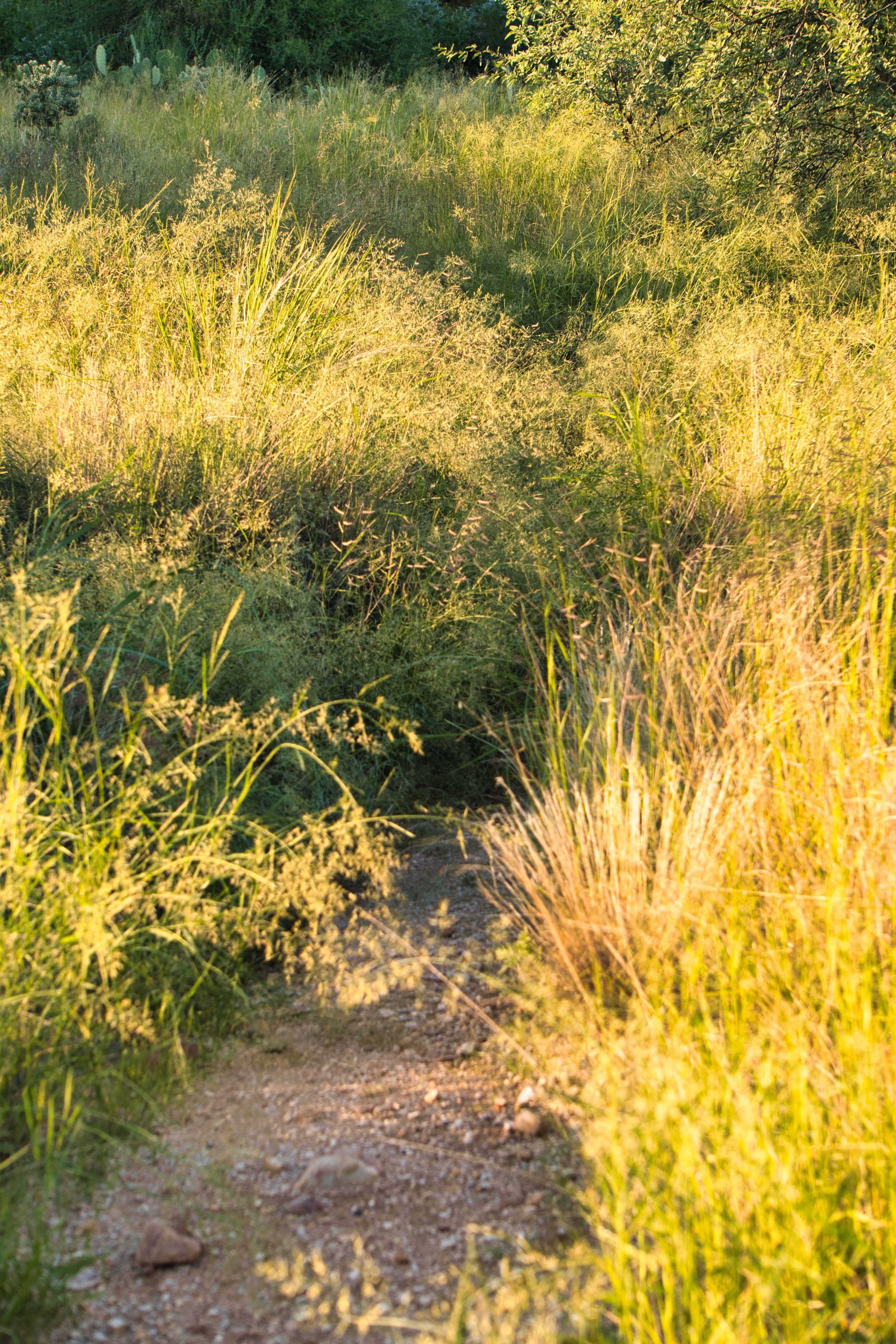I have shared that my favorite season in the Sonoran Desert is summer. Yes, Summer!
Brutally hot!
That season also includes an extra dose of misery during the monsoon season with that punch of humidity draping 100+ degree days. Despite some negative aspects, summer tops my list as this is when the wildlife is out and about on or near the trail that I frequent. And let’s not shrug off the fact that this is also the period of time that the dramatic monsoon season strikes.
I can kick around the local trails January - March and October - December and rarely see any wildlife. Well, cool and unique wildlife. Arizona has many rather interesting creatures (we are looking at you: tarantula, gila monster, javelina, mountain lion, horned lizard, the tarantula hawk, and others. I will thank my mom for helping show a little more love toward the deer and bunnies. My animal stories toward her and dad did not usually include my encounters with poisonous or venomous creatures. She did learn to further question me as I was honest and maybe, I did see a snake, or two. “What kind of snake?” she would ask, knowing it was almost always the one with a rattle.











